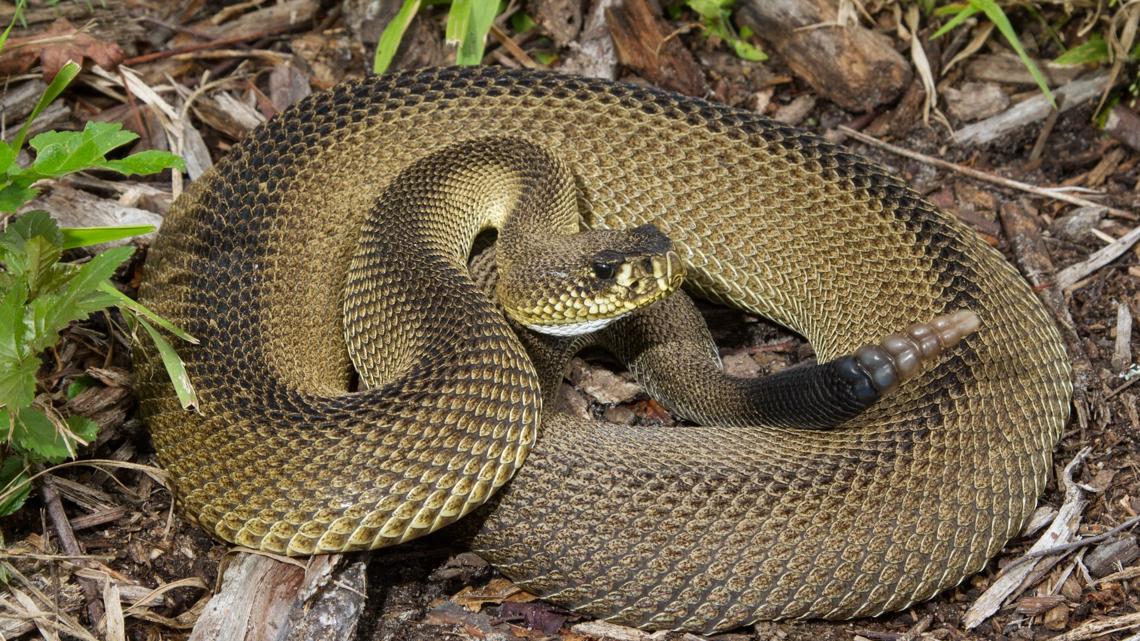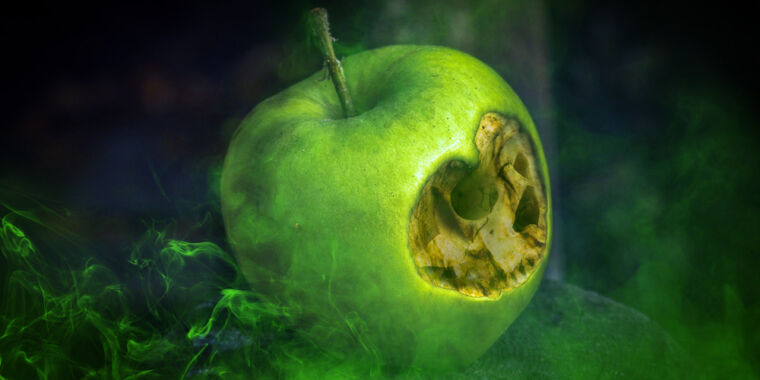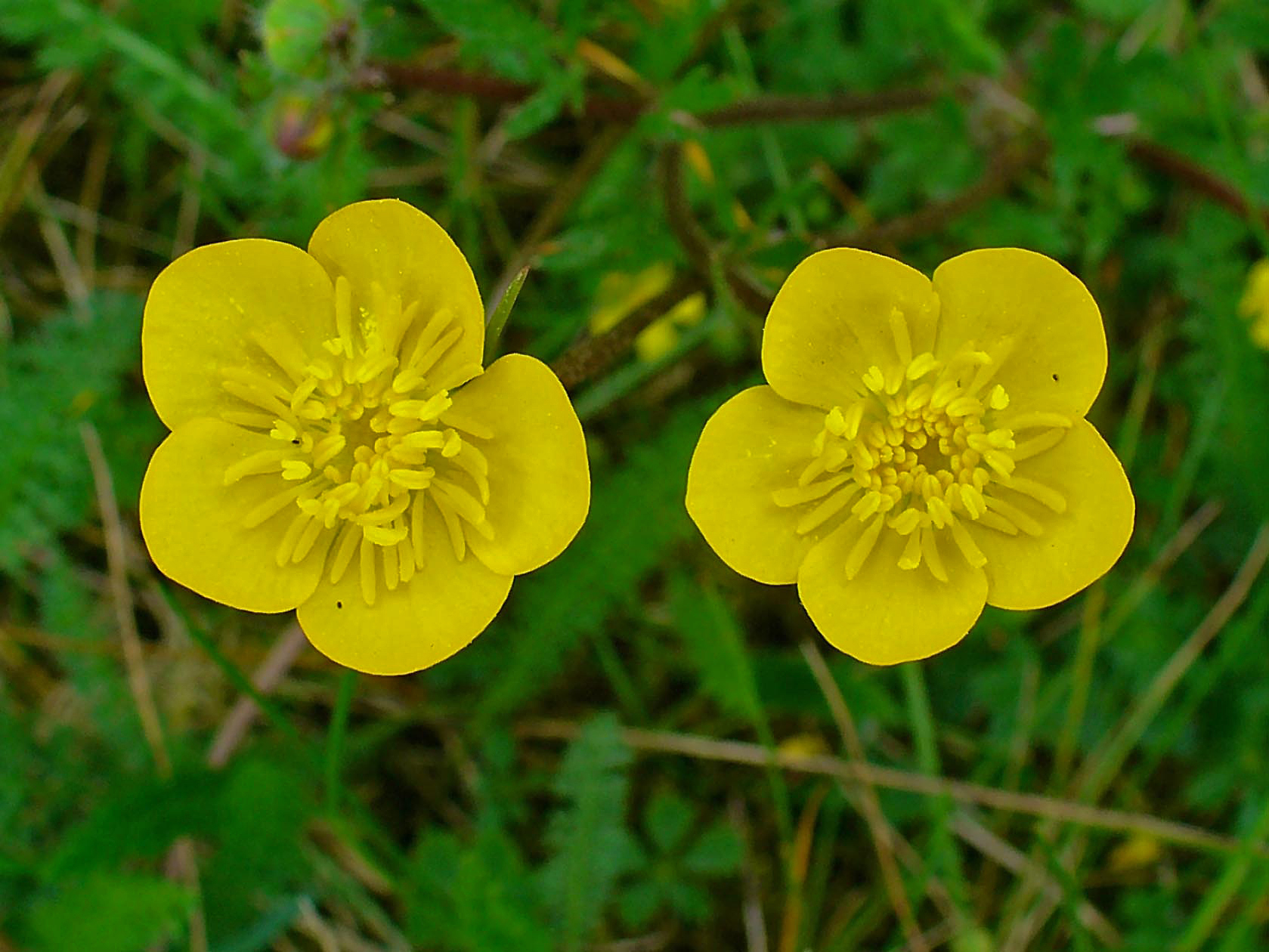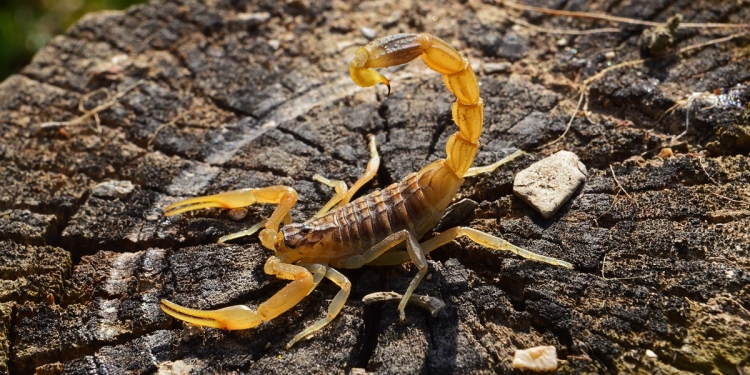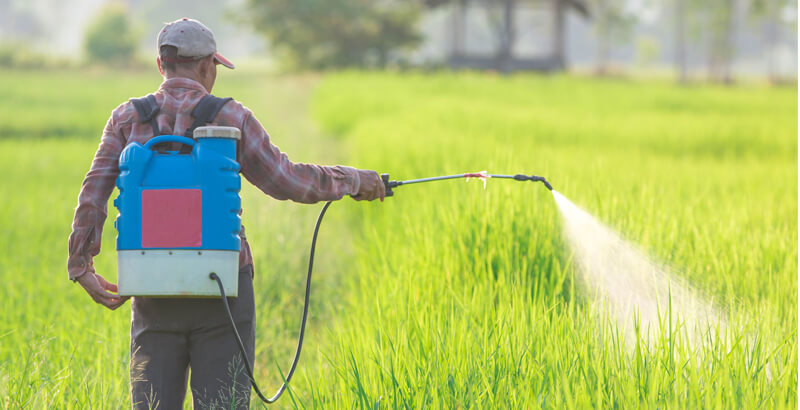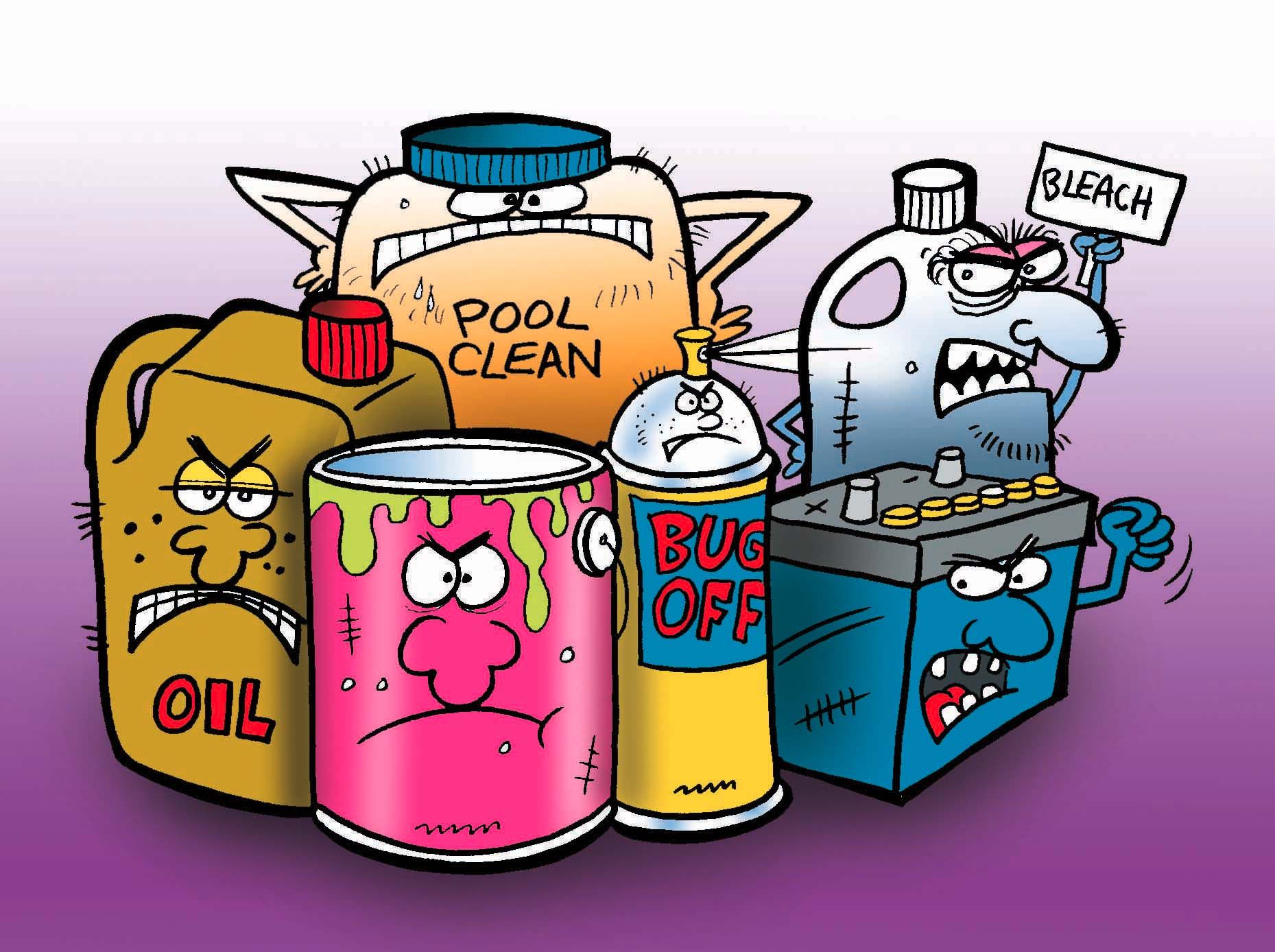First Aid in cases of Chemical Poisoning
Poisonings are a common occurrence. About 10 million cases of poisoning occur in the United States each year. In 80% of the cases, the victim is a child under the age of five. About 50 children die each year from poisonings. Curiosity, inability to read warning labels, a desire to imitate adults, and inadequate supervision lead to childhood poisonings.
11 Unexpected Ways to Free Your Body from Toxins
So many toxins and toxic substances roam the world we live in, making us vulnerable to their effect. There are chemical toxins in our food, air, and even in our favorite gadgets: pesticides, mercury, and even uranium are among those that contribute to health deterioration. By detoxing our bodies, we can prevent a series of health conditions that can start with the exposure to the toxins.
The Most Venomous Snakes in the World
Snakes are elongated, legless, carnivorous reptiles of the suborder Serpentes. Like all other squamates, snakes are ectothermic, amniote vertebrates covered in overlapping scales. Many species of snakes have skulls with several more joints than their lizard ancestors, enabling them to swallow prey much larger than their heads with their highly mobile jaws. To accommodate their narrow bodies, snakes' paired organs (such as kidneys) appear one in front of the other instead of side by side, and most have only one functional lung. Some species retain a pelvic girdle with a pair of vestigial claws on either side of the cloaca. Lizards have evolved elongate bodies without limbs or with greatly reduced limbs about twenty-five times independently via convergent evolution, leading to many lineages of legless lizards.Legless lizards resemble snakes, but several common groups of legless lizards have eyelids and external ears, which snakes lack, although this rule is not universal.
What If YOU Ate The World's Deadliest Substances?
Poison is any substance that is harmful to your body. Many different types of poison exist. Poisonous substances can be products you have in your house. Medicines that aren’t taken as directed can be harmful. There are several ways you can be exposed to poison. You could breathe it in, swallow it, or absorb it through your skin. Poisoning can be an accident or a planned action.
Most TOXIC Plants on Earth
Poisonous plants are plants that produce toxins that deter herbivores from consuming them. Plants cannot move to escape their predators, so they must have other means of protecting themselves from herbivorous animals. Some plants have physical defenses such as thorns, spines and prickles, but by far the most common type of protection is chemical.
Top 10 Most VENOMOUS SPIDERS in the WORLD
Spiders are air-breathing arthropods that have eight legs, chelicerae with fangs generally able to inject venom, and spinnerets that extrude silk. They are the largest order of arachnids and rank seventh in total species diversity among all orders of organisms. Spiders are found worldwide on every continent except for Antarctica, and have become established in nearly every habitat with the exceptions of air and sea colonization. As of July 2019, at least 48,200 spider species, and 120 families have been recorded by taxonomists. However, there has been dissension within the scientific community as to how all these families should be classified, as evidenced by the over 20 different classifications that have been proposed since 1900.
6 Worst Scorpions in the World
Scorpions are predatory arachnids of the order Scorpiones. They have eight legs and are easily recognized by the pair of grasping pedipalps and the narrow, segmented tail, often carried in a characteristic forward curve over the back, ending with a venomous sting. Scorpions range in size from 9–12 mm (0.35–0.47 in) in Microtityus minimus to 23 cm (9.1 in) in Heterometrus swammerdami.
The evolutionary history of scorpions goes back to the Silurian period 435 million years ago. They have adapted to a wide range of environmental conditions, and they can now be found on all continents except Antarctica. There are about 1,750 described species, with 13 extant (living) families recognised to date. Their taxonomy is being revised in the light of genomic studies.
Detoxify Your Body: How to Tell If Your Body Is Suffering from Toxin Overload
We are exposed to environmental toxins all the time. Even the simplest of daily routines can expose one to several common pollutants found in the water we drink, food we eat, and air we breathe. While our liver, kidneys and lymphatic system play a major role in removing biologically harmful compounds, our bodies have not evolved to deal with the growing number of toxins we unknowingly interact with every day. Detoxification systems can easily become overwhelmed, causing toxin overload. This happens when your body has taken in more toxins than it can process. When this happens, real damage is imminent.
Chlorpyrifos Pesticide: Most Widely Used And Dangerous Pesticide
Chlorpyrifos (sometimes referred to as chlorpyrifos-ethyl) and chlorpyrifos-methyl are pesticides used to kill insects and mites. They are among the most commonly used in Europe on a range of crops. Their residues are often present in fruits, vegetables, cereals and dairy products, as well as in drinking water.
What happens in your body when you get food poisoning?
Food poisoning, also called foodborne illness, is illness caused by eating contaminated food. Infectious organisms — including bacteria, viruses and parasites — or their toxins are the most common causes of food poisoning. Infectious organisms or their toxins can contaminate food at any point of processing or production. Contamination can also occur at home if food is incorrectly handled or cooked.
Food poisoning symptoms, which can start within hours of eating contaminated food, often include nausea, vomiting or diarrhea. Most often, food poisoning is mild and resolves without treatment. But some people need to go to the hospital.
the 15 Most Dangerous Drugs
Drug overdoses are now the leading cause of accidental death in the United States. In fact, more Americans die of drug overdoses than in car accidents each year. In light of these staggering statistics, 24/7 Wall St. recently conducted a new study that reviewed and categorized 25 of the most dangerous drugs and drug mixtures. Researchers took into account side effects and death rates tracked by the federal government, as well as potential risk of drug combinations measured by medical information organizations and web sources such as MedScape, WebMD, and the American Medical Association.
What Is a Toxic Chemical?
You've heard that toxic chemicals are bad for you, but what exactly is a toxic chemical? Here's an explanation of what is meant by the term "toxic chemical" as well as examples of common toxic chemicals you may have in your home or encounter in the environment.



